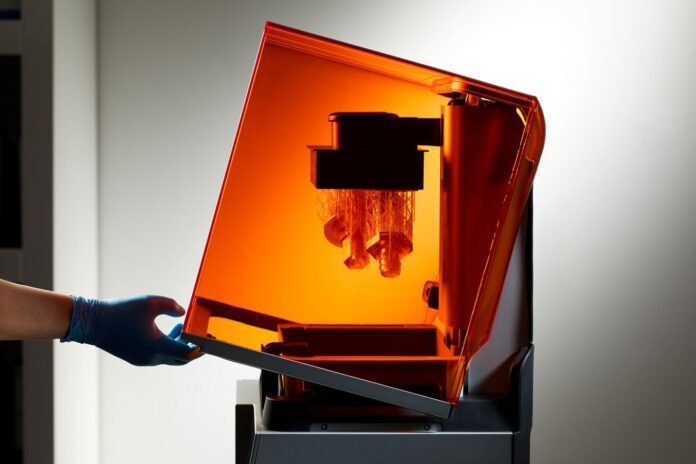3D printing has grown into a practical tool for creating detailed models, prototypes, and small production runs. Among the many types of 3D printing processes, resin printing stands out for its ability to produce fine details and smooth surfaces. While it offers clear benefits for certain projects, it also comes with limitations that are important to understand before choosing it as a production method.
How Resin 3D Printing Works
Resin printing uses liquid photopolymer resin that is cured layer by layer using light. This method allows the printer to create very thin layers, resulting in high resolution and accurate details. Many users now enhance their creative workflow by employing image to 3d model tools—such as 3D AI Studio’s Image To 3D—to seamlessly convert 2D images into textured 3D models using AI-powered processes. It is often used for applications that require a smooth finish, such as dental models, jewelry prototypes, or miniature figures.
Because the process builds objects with light rather than extruded filament, it can produce features that are sharper and more precise than other common methods. However, resin printing also involves extra steps after the print is complete. The part needs to be cleaned, cured further, and sometimes sanded or coated depending on the final use.
Advantages of Resin Printing
One of the biggest advantages of resin printing is its ability to create smooth surfaces directly from the printer. This reduces the amount of finishing work needed for parts that must look polished or professional. It is especially helpful for designs with fine textures, small lettering, or intricate details that other methods might not capture as well.
Resin printers also tend to achieve higher dimensional accuracy. This means parts fit together more reliably, which is useful for prototypes that need to match the size and shape of a final product. For designers or businesses working on detailed models or presentation pieces, this level of precision can save time and improve results.
Drawbacks to Consider
Despite these strengths, resin printing has its drawbacks. The materials are more sensitive and sometimes more expensive than standard filaments. Resin itself must be handled carefully, as it can irritate the skin before it is fully cured. Prints also require post-processing steps like washing and additional curing under UV light.
Resin printers typically have smaller build areas compared to other types of printers. They are better suited for small to medium parts rather than very large objects. For projects that need strength and durability over fine detail, other printing methods might be more practical.
When Resin Printing Makes Sense
Resin printing works best when detail and surface quality are top priorities. Industries like dental, jewelry, product design, and collectible models rely on it for its ability to show fine features with clarity. For low-volume production or prototypes that need to look close to a finished product, it can be the right choice.
If you are considering resin printing for your project, working with a professional resin 3D printing service ensures you get the quality and post-processing needed for the best results.
Resin 3D printing is not the perfect fit for every application, but it fills an important role in creating precise and visually appealing parts. By understanding both its benefits and its limits, you can decide when it is the most suitable approach for your needs.
